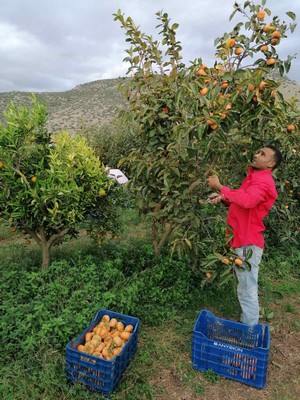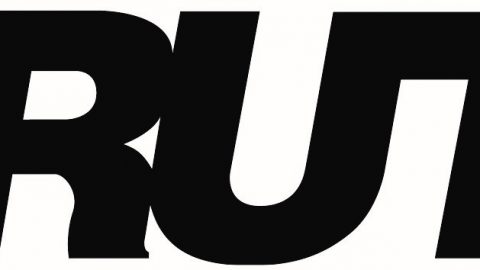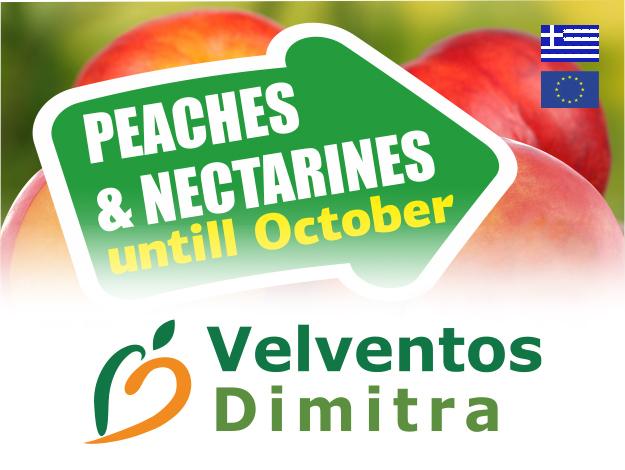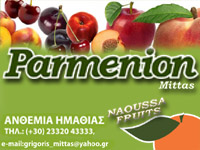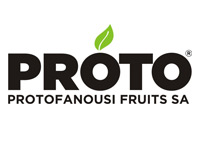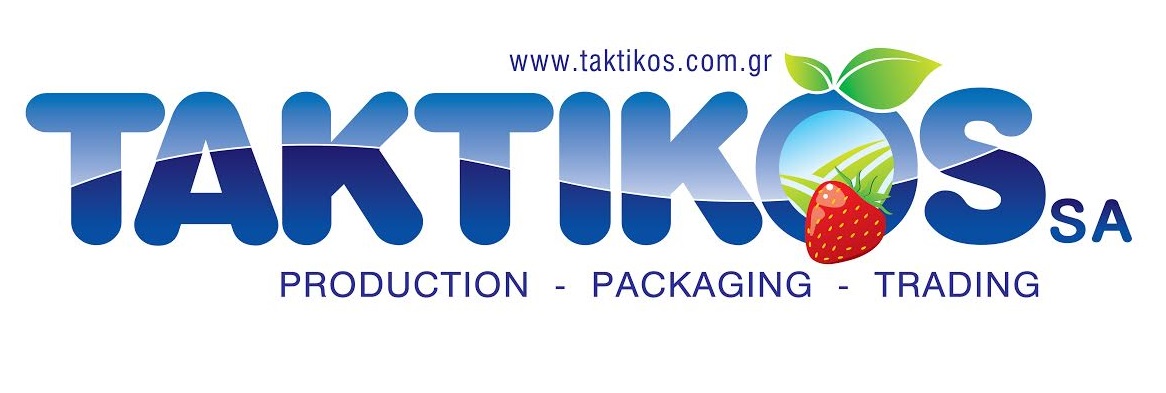
Kaki is one of the products of the Hellenic Coop cooperative, based in Imathia. “This year, we expect a production of 700-800 tons, with about 70% of it being Jiro,” says the cooperative’s president, Mr. Andrianos Kroubouzos. He adds: “This year, production is down by 30% due to the frost that affected the crops during the flowering stage and the lack of water that marked several regions during the summer. However, fruit sizes are expected to be normal—meaning 80-140 grams for Jiro and 120-180 grams for Rojo Brillante.”

The biggest difference compared to last year will concern prices and sales margins. As far as producer prices are concerned, Mr. Kroubouzos estimates that Jiro will range between €0,40 and €0,50 per kilo, while Rojo Brillante will be between €0,70 and €0,80. “Last year, we made our first transatlantic exports. We shipped kakis by sea to Canada at a price of €1,60 for single-layer packaging. Air shipments there reached €2,00 per kilo. However, this year, with Spanish production returning to normal levels, we have to forget about such exports. The duration of the journey from Greece alone is more than double compared to the one from Spain.”

“For the same reason, we also have to forget about any sales made to Western Europe. We hope, however, that the good impression we left in the Netherlands will bring us something again this year. Apart from that, Central and Eastern Europe and the domestic market—which still has room to become more familiar with the fruit—will form the main commercial field,” notes the president of Hellenic Coop.

Unlike Valencia, where, according to local industry professionals, kaki cultivation is becoming increasingly demanding, the situation in Greece is different. Mr. Kroubouzos points out the absence of natural enemies, the minimal need for spraying, the ease of cultivation, and the low costs: “The cultivation cost for Jiro is €0,20 per kilo and €0,40 for Rojo Brillante. Kaki is still a supplementary crop in Imathia, but it is gaining ground every year, as it is safer and easier to grow than peaches, and it seems that it will continue to replace a significant share of cling peach cultivation.”
“This will also be accompanied by investments in deastringency technology, for which there are currently only a few specialized facilities. Hellenic Coop cooperates with a specialized entrepreneur for the deastringency of its kakis. It must be done properly, otherwise the kakis soften and lose their commercial value,” concludes Mr. Kroubouzos.
For more information:
Andrianos Kroubouzos
Hellenic Coop
Tel:+30 2331 064639
Email: pr.hacg@gmail.com
info@hacg.gr



